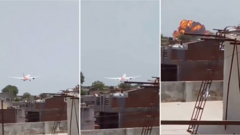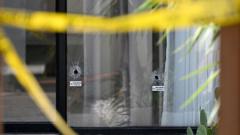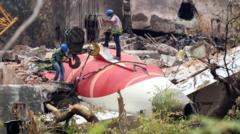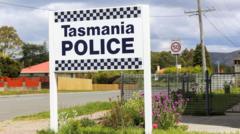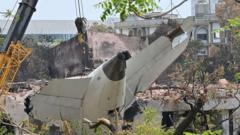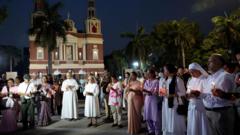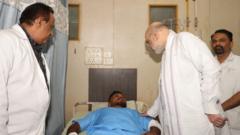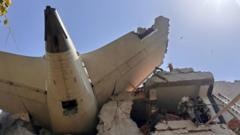The unexpected deaths of nine monkeys at Hong Kong Zoological and Botanical Gardens, including critically endangered cotton-top tamarins, have sparked an investigation involving toxicology tests and autopsies. The zoo, partially closed, aims to prevent further incidents as experts explore possible infectious or toxic causes.
Mystery Deaths of Endangered Monkeys Prompt Zoo Investigation in Hong Kong

Mystery Deaths of Endangered Monkeys Prompt Zoo Investigation in Hong Kong
Part of Hong Kong's historic zoo has been closed after nine monkeys died mysteriously, leading to tests and increased monitoring.
Hong Kong's zoological community is in shock following the sudden deaths of nine monkeys at the Hong Kong Zoological and Botanical Gardens over the course of two days. The zoo, cherished for its historical significance since 1871, temporarily closed sections to allow for a thorough investigation. Initial reports identified three critically endangered cotton-top tamarins among the casualties, sparking concern from conservationists.
Officials from the Leisure and Cultural Services Department reported eight monkeys found dead on Sunday, with a ninth dying on Monday. The urgency of the situation mobilized an interdepartmental strategy meeting aimed at addressing the unfolding crisis. Hong Kong's leader, John Lee, announced toxicology tests and autopsies are underway to ascertain the cause of death, emphasizing the need to prevent the spread of any potential threats to the zoo's other inhabitants.
Expert opinion, such as that from Siddharth Sridhar, a clinical assistant professor at the University of Hong Kong, suggests a concentrated approach to determine whether an infectious disease or a toxic agent might be responsible. In response to the alarming cluster of deaths, the zoo initiated concise monitoring of all its animals and temporarily closed its mammals section for comprehensive cleaning and disinfection.
The loss includes four white-faced sakis, one De Brazza’s monkey, and a common squirrel monkey, while another De Brazza’s monkey remains under close surveillance. Currently housing 158 birds, 93 mammals, and 21 reptiles, the institution takes drastic steps to maintain the safety of its residents as investigators work to uncover the cause behind this troubling event.
Officials from the Leisure and Cultural Services Department reported eight monkeys found dead on Sunday, with a ninth dying on Monday. The urgency of the situation mobilized an interdepartmental strategy meeting aimed at addressing the unfolding crisis. Hong Kong's leader, John Lee, announced toxicology tests and autopsies are underway to ascertain the cause of death, emphasizing the need to prevent the spread of any potential threats to the zoo's other inhabitants.
Expert opinion, such as that from Siddharth Sridhar, a clinical assistant professor at the University of Hong Kong, suggests a concentrated approach to determine whether an infectious disease or a toxic agent might be responsible. In response to the alarming cluster of deaths, the zoo initiated concise monitoring of all its animals and temporarily closed its mammals section for comprehensive cleaning and disinfection.
The loss includes four white-faced sakis, one De Brazza’s monkey, and a common squirrel monkey, while another De Brazza’s monkey remains under close surveillance. Currently housing 158 birds, 93 mammals, and 21 reptiles, the institution takes drastic steps to maintain the safety of its residents as investigators work to uncover the cause behind this troubling event.

